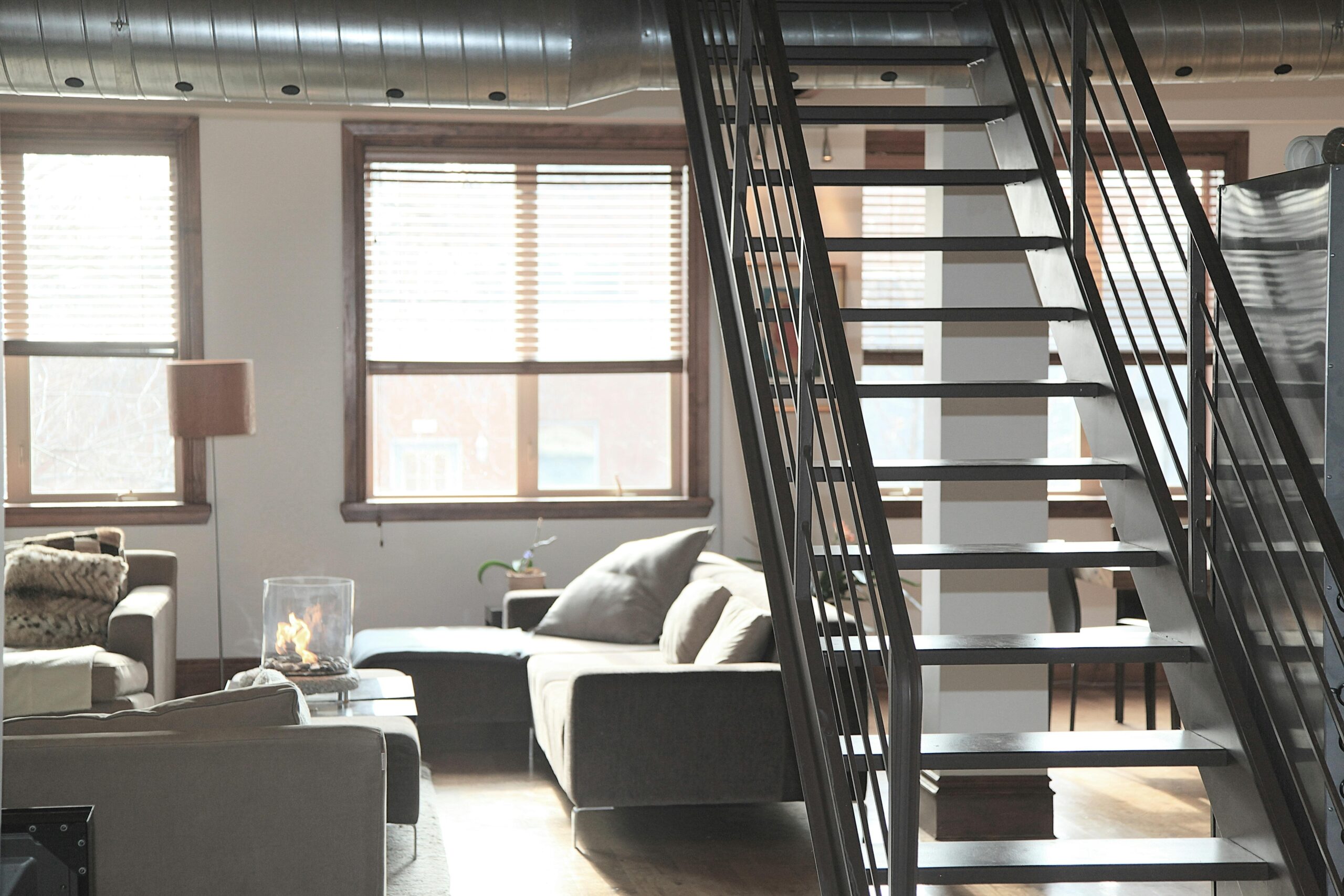When summer temperatures start to climb, most homeowners immediately reach for the air conditioning remote. However, there’s a less expensive and more energy-efficient cooling alternative that deserves consideration: the whole-house fan. This powerful ventilation system can transform your home’s comfort level by quickly drawing in cool outside air while expelling hot indoor air through the attic and roof vents. Whole-house fans not only provide effective natural home cooling but can also significantly reduce AC use, lowering your energy bills in the process. This article explores the benefits, costs, installation process, and optimal usage of whole-house fan systems.
What Is a Whole-House Fan?
A whole-house fan is a large, powerful ventilation system typically installed in the ceiling between your living space and the attic. Unlike ceiling fans that merely circulate existing indoor air, whole-house fans work by pulling cooler outside air into your home through open windows while simultaneously forcing hot air out through attic vents. This creates a complete air exchange in your home every 2-3 minutes when operating at full capacity. As one of the most effective energy efficient cooling alternatives available, these systems work on a simple principle: removing hot air trapped inside your home and replacing it with cooler outside air. The powerful airflow created can make your entire house feel more comfortable in a matter of minutes, especially during evening hours when outdoor temperatures drop.
The Benefits of Whole-House Fan Systems
The advantages of installing a whole-house fan extend far beyond basic cooling. From an economic standpoint, these systems consume significantly less electricity than air conditioners—typically using only 10-15% of the energy an AC unit requires to cool the same space. This remarkable efficiency translates to substantial savings on monthly utility bills, particularly during mild weather seasons when whole-house fans can completely replace air conditioning use. Beyond the whole-house fan benefits cost equation, these systems also provide superior air quality by continuously replacing stale indoor air with fresh outdoor air. This constant air exchange helps eliminate indoor pollutants, cooking odors, and excess humidity. Additionally, the powerful ventilation capability can quickly clear smoke or strong odors when needed, making it a versatile addition to any home ventilation strategy.
Cost Considerations and Return on Investment
When evaluating the financial aspects of whole-house fan installation, several factors come into play. The upfront cost typically ranges from $700 to $2,400, depending on the fan size, model quality, features, and installation complexity. Basic models offer manual controls while premium versions include programmable thermostats, remote controls, and variable speeds. Though the initial investment might seem substantial, the long-term savings often justify the expense. Homeowners frequently report reducing their cooling costs by 50-90% after installing a whole-house fan, particularly in climates where evening temperatures drop below 80°F. Most systems pay for themselves within 2-3 cooling seasons through reduced electricity bills. For precise cost estimates tailored to your specific home configuration, consulting with professional electricians through platforms like AskHomey can provide valuable guidance based on your local climate and home structure.
Installation Considerations
Installing a whole-house fan requires careful planning and typically professional expertise. The process involves cutting an opening in the ceiling, installing the fan unit, connecting it to electrical power, and ensuring proper attic ventilation. Adequate attic vent area is crucial—professionals recommend having at least twice the fan’s inlet area in attic exhaust vents to ensure proper airflow and prevent backdrafts. Without sufficient venting, the system cannot efficiently expel hot air, potentially causing pressure problems within your home. The location of the fan is also important, ideally positioned in a central hallway ceiling where it can pull air evenly from throughout the house. Most installations take between 4-8 hours, depending on your home’s construction and whether existing wiring needs modification. Given the electrical work and structural modifications involved, many homeowners find that professional installation is well worth the additional cost to ensure safety and optimal performance.
Operating Tips for Maximum Efficiency
To maximize the benefits of your whole-house fan, proper operation is essential. The system works best when outdoor temperatures are lower than indoor temperatures, typically during evening, overnight, and early morning hours. Start by opening windows in rooms you want to cool, ideally on the cooler, shaded side of your house. Begin with fewer windows open to create stronger airflow through specific areas, then gradually open more windows to cool the entire house. For optimal natural home cooling, create cross-ventilation by opening windows on opposite sides of your home. Remember to turn off the air conditioner before operating your whole-house fan, as running both simultaneously wastes energy and can pull conditioned air out of your home. During seasons when the fan isn’t needed, consider using the provided winter cover or insulated box to prevent heat loss during colder months. With proper operation, your whole-house fan can provide remarkable comfort while dramatically reducing your reliance on air conditioning.
For more tips and to connect with reliable home service professionals, follow AskHomey on Facebook and Instagram.



